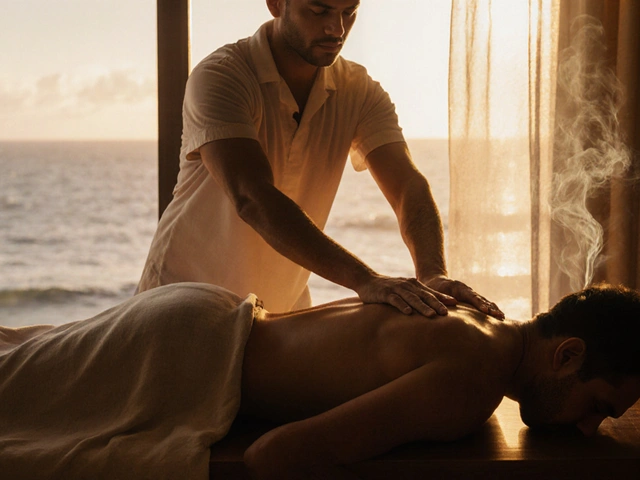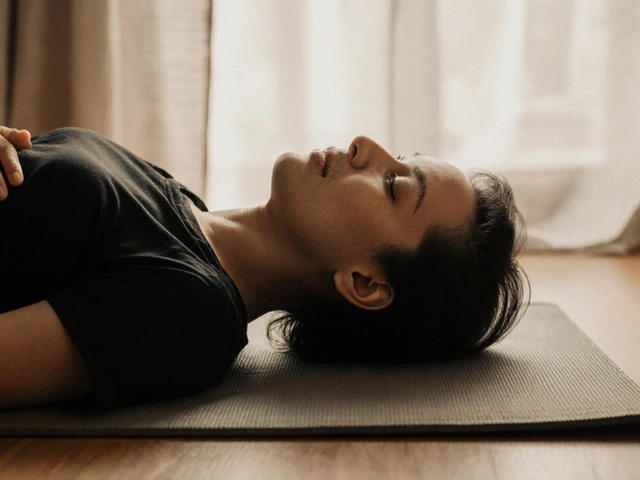Pilates Routine: Simple Sessions That Actually Help Your Body
Want a Pilates routine that fits a busy week and delivers real results? Pilates strengthens the core, improves posture, and boosts mobility. You don’t need fancy gear or hours in the studio. Do this short plan 3 times a week and you’ll feel tighter, taller, and more controlled.
Quick 20‑Minute Pilates Routine
Warm up (3 minutes): pelvic tilts and shoulder rolls. Keep the breath steady—inhale to prepare, exhale to move. Warm muscle tissue first so you get cleaner movement and less soreness.
Main set (14 minutes): - Hundred (1 minute): lie on your back, legs in tabletop or extended, pump arms with small up/down pulses while breathing 5 in/5 out. Focus on a steady core draw-in. - Roll Up (6–8 reps): stretch up slowly, one vertebra at a time, then roll back. Use a smaller range if your hamstrings are tight. - Single Leg Stretch (8–10 each side): hands at shin, switch legs with control. Keep the neck long and shoulders relaxed. - Leg Circles (6 each direction per leg): stabilize hips; small circles protect the lower back. - Plank (2 x 30 seconds): braces through ribs, avoid sagging low. Modify on knees if needed.
Cool down (3 minutes): child's pose or a gentle seated forward fold, plus diaphragmatic breathing. Finish by scanning for tight spots—neck, low back, hips.
How to Progress and Avoid Common Mistakes
Progress by increasing reps, adding one minute to holds, or swapping in harder variations (double leg stretch, teaser). Don’t rush: clean motion beats more reps. Common mistakes include holding the breath, letting the low back arch, and tensing the neck. If your low back hurts, bend the knees more or shorten leg ranges.
Pair Pilates with hands‑on care for faster gains. A short Amma massage or trigger point session before practice can release tight muscles so movements feel easier. After training, a light warm stone or therapeutic massage helps recovery and reduces next‑day stiffness. Therapies like Feldenkrais and Hellerwork focus on movement awareness and posture—use those once every few weeks to refine your alignment and make your Pilates work more efficient.
Practical tips: set a timer, keep sessions under 30 minutes, and track three wins per week (better plank hold, deeper roll up, less neck tension). Use a towel under your sacrum if your hips feel unstable. If you have chronic pain, check in with a therapist like an Ortho‑Bionomy or a certified Pilates teacher before pushing intensity.
Small, regular effort beats sporadic long workouts. Follow this routine, mix in targeted massage from our site’s guides when you need release, and you’ll notice steadier posture, less back pain, and more confidence in daily movement.

Enhancing Your Pilates Practice with Effective Fascia Stretching Techniques
Hey there! If you're like me, always hunting for new ways to power up our Pilates sessions, you'll dig this. We're diving into how stretching our fascia – yeah, that's the connective tissue jazz – can seriously crank up our Pilates game. Think about it; supple fascia equals smoother moves and more oomph in our workouts. I'm gonna break it down for you, sharing personal experiences and some ace moves to get that fascia flexing. Whether you’re a newbie or a seasoned pro, join me as we explore this little trick to making our routines more dynamic and propel our Pilates to the next level!
Categories
- Health and Wellness (148)
- Alternative Therapies (86)
- Massage Therapy (40)
- Travel and Culture (15)
- Beauty and Skincare (9)
- Holistic Health (8)
- Health and Fitness (5)
- Spirituality (5)
- Other (2)
- Personal Development (2)
Popular Articles

Why Cupping Therapy is Making a Comeback
Aug, 5 2023


